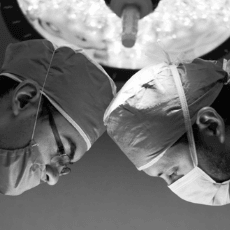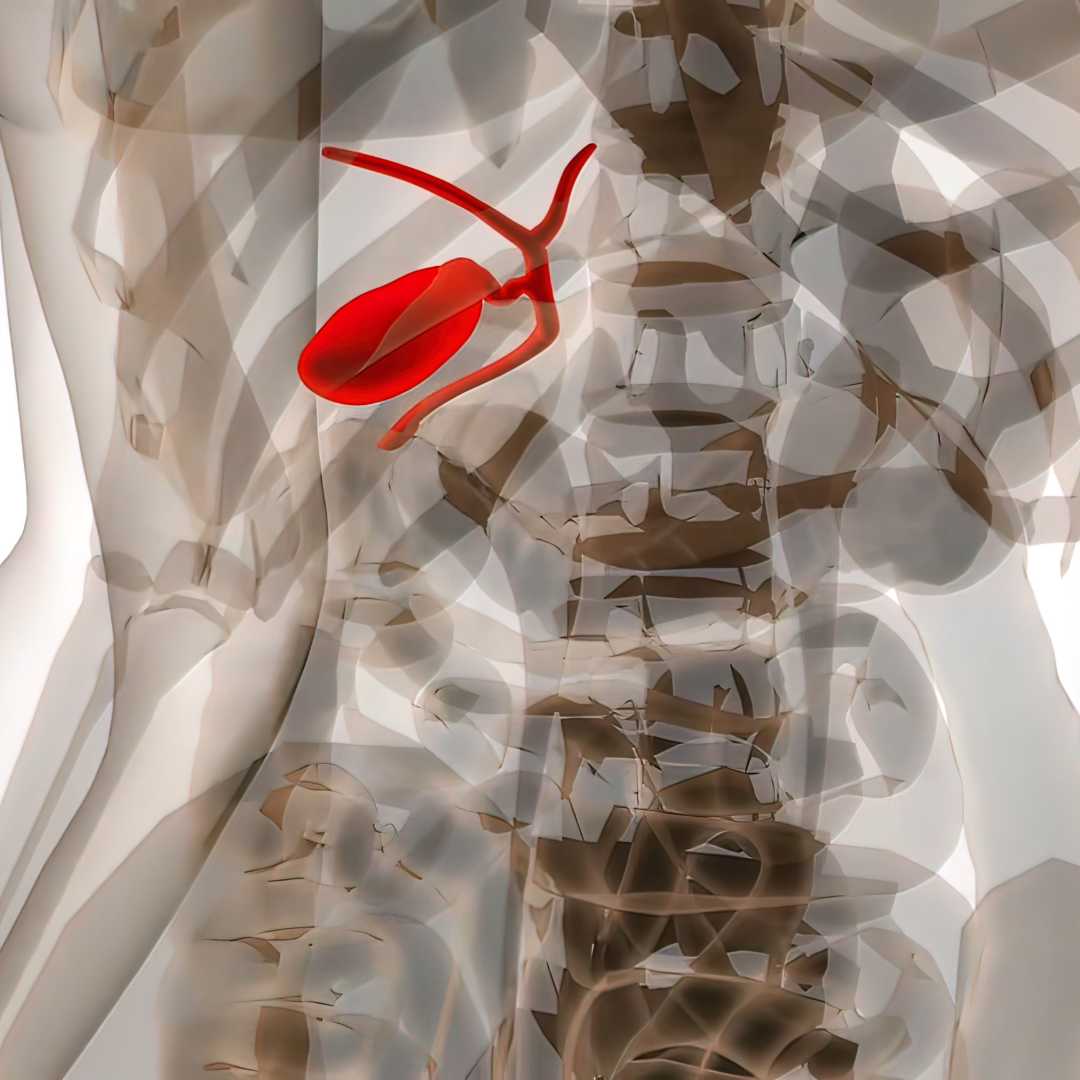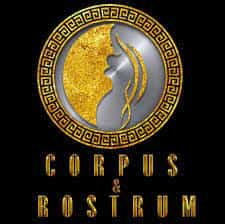Request a video call
Confirm Your Virtual Consultation
FELIPE DE JESUS MEDINA TOSCANO Profile Overview
.png)
Table of Content
Overview of Dr. Felipe de Jesús Medina Toscano's Urology Clinic
Welcome to the urology clinic of Dr. Felipe de Jesús Medina Toscano, located in Guadalajara, Mexico. Our clinic specializes in minimally invasive and robotic surgery techniques, offering advanced urological care to address a wide range of conditions. With a commitment to innovation and patient-centered treatment, we strive to provide the highest quality care tailored to each individual's needs.
Key Takeaways at a Glance
- Expertise in minimally invasive and robotic urological surgeries.
- Comprehensive services including diagnosis, treatment, and management of various urological conditions.
- Personalized patient care with a focus on comfort and successful outcomes.
Our Patient-Centric Care Approach
At our clinic, we prioritize individualized care, ensuring that each patient receives attention tailored to their specific needs. From the initial consultation through treatment and follow-up, our team is dedicated to providing a comfortable and supportive environment. We utilize state-of-the-art technology to enhance patient outcomes and recovery times.
Why Choose Dr. Felipe de Jesús Medina Toscano's Clinic in Guadalajara, Mexico?
- Medical Expertise: Dr. Medina is a certified urologist with extensive training in minimally invasive and robotic surgery techniques.
- Advanced Technology: Our clinic is equipped with cutting-edge technology to perform precise and effective urological procedures.
- Patient-Centric Philosophy: We emphasize personalized care, ensuring that treatment plans are customized to meet the unique needs of each patient.
in Guadalajara, Mexico?
- Medical Expertise: Dr. Medina is a certified urologist with extensive training in minimally invasive and robotic surgery techniques.
- Advanced Technology: Our clinic is equipped with cutting-edge technology to perform precise and effective urological procedures.
- Patient-Centric Philosophy: We emphasize personalized care, ensuring that treatment plans are customized to meet the unique needs of each patient.
Meet Our Expert Team at Dr. Felipe de Jesús Medina Toscano's Clinic
| Name | Specialty | Experience |
|---|---|---|
| Dr. Felipe de Jesús Medina Toscano | Urology, Minimally Invasive and Robotic Surgery | Over 10 years |
Comprehensive Services at Our Clinic
- Minimally Invasive Surgery: Utilizing laparoscopic techniques to treat urological conditions with reduced recovery times.
- Robotic Surgery: Employing advanced robotic systems for precise surgical interventions.
- Kidney Stone Treatment: Offering effective solutions for the removal and management of kidney stones.
- Prostate Health: Providing diagnosis and treatment options for prostate-related conditions.
- Urological Oncology: Specialized care for cancers of the urinary system.
What Makes Our Clinic Stand Out?
- Accreditations: Dr. Medina is certified by the Mexican National Council of Urology and is a member of esteemed urological associations.
- Facilities: Our modern clinic is designed to provide a comfortable environment, featuring advanced medical equipment.
- Safety Protocols: We adhere to strict safety measures to ensure the well-being of our patients during all procedures.
International Patient Services at Our Clinic
We welcome international patients seeking advanced urological care. Our team offers assistance with travel arrangements, accommodation, and language support to ensure a seamless experience. Virtual consultations are available for initial assessments and follow-up care.
The clinic is conveniently located near Miguel Hidalgo y Costilla Guadalajara International Airport, approximately 25 kilometers away. We recommend arranging transportation in advance, and our staff can assist with local accommodation options to make your stay comfortable.
FAQs about Our Clinic
Q1: What types of urological conditions do you treat?
We treat a wide range of urological conditions, including kidney stones, prostate issues, urinary tract infections, and urological cancers, utilizing advanced minimally invasive techniques.
Q2: Do you offer treatment options for benign prostatic hyperplasia (BPH)?
Yes, we provide various treatment options for BPH, including minimally invasive procedures like the Rezūm water vapor therapy, tailored to each patient's condition.
Q3: How can international patients schedule a consultation?
International patients can contact our clinic via phone or email to schedule a virtual consultation. Our team will assist with appointment scheduling and provide information on travel and accommodation arrangements.
Q4: What payment methods are accepted at the clinic?
We accept various payment methods, including cash, major credit and debit cards, and offer financing options for surgical procedures to accommodate our patients' needs.
Q5: Is robotic surgery suitable for all urological conditions?
Robotic surgery is suitable for many urological conditions, offering benefits such as increased precision and reduced recovery times. Our specialists will assess your condition to determine the most appropriate treatment approach.
Q6: What should I expect during my first consultation?
During your first visit, Dr. Medina will conduct a comprehensive evaluation, discuss your symptoms, and recommend a personalized treatment plan. If necessary, diagnostic tests will be scheduled to ensure accurate diagnosis and effective treatment.
Schedule Your Consultation Today
If you're experiencing urological concerns, our clinic is here to provide expert medical care with the latest technology and a patient-focused approach. Whether you need a consultation, a second opinion, or advanced treatment, we’re ready to assist. Contact us today to schedule your appointment and take the first step toward better urological health.
For more information about the treatments and procedures offered by Urologos en Guadalajara,
.png)
About Medical Center
- Speciality: Urology
- Location: , Guadalajara, Mexico
- Overview: Dr. Felipe de Jesus is the best Urologist in Prostate Growth, Erectile Dysfunction, Neurogenic Bladder, Urinary Fistulas, Kidney Cysts, etc in Guadalajara, Mexico











.png)

.png)








Share this listing